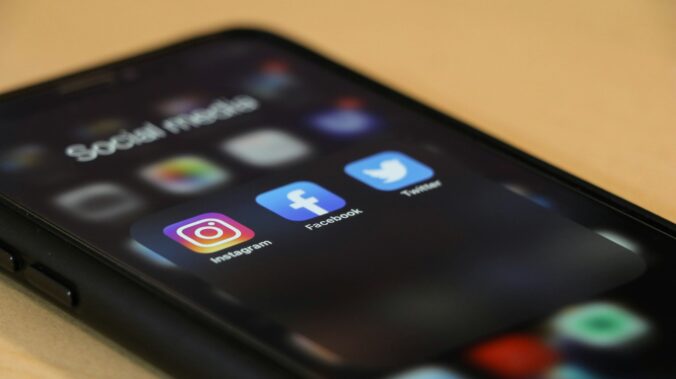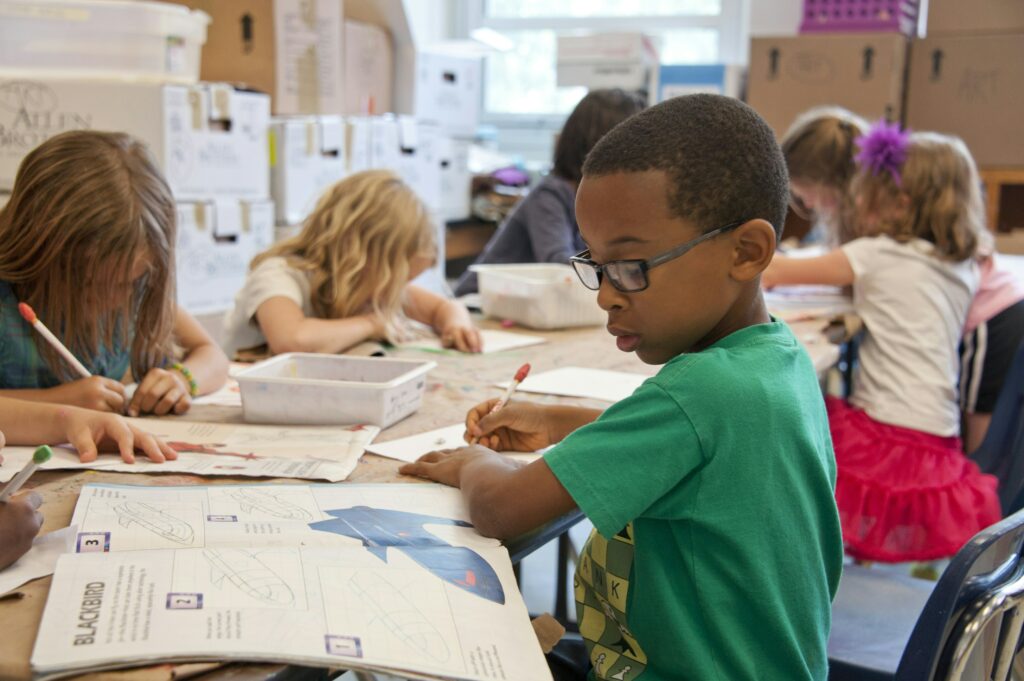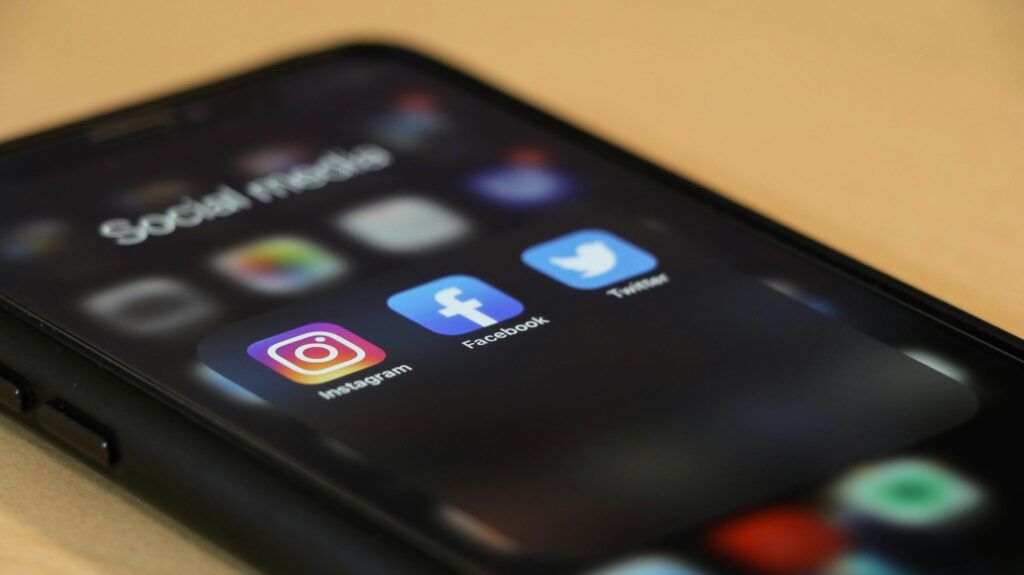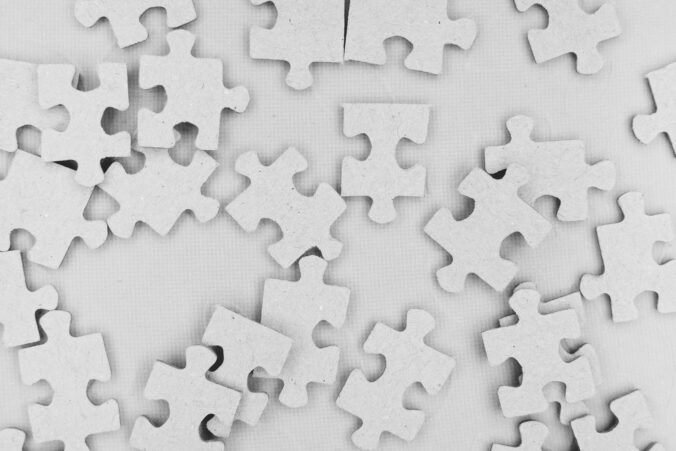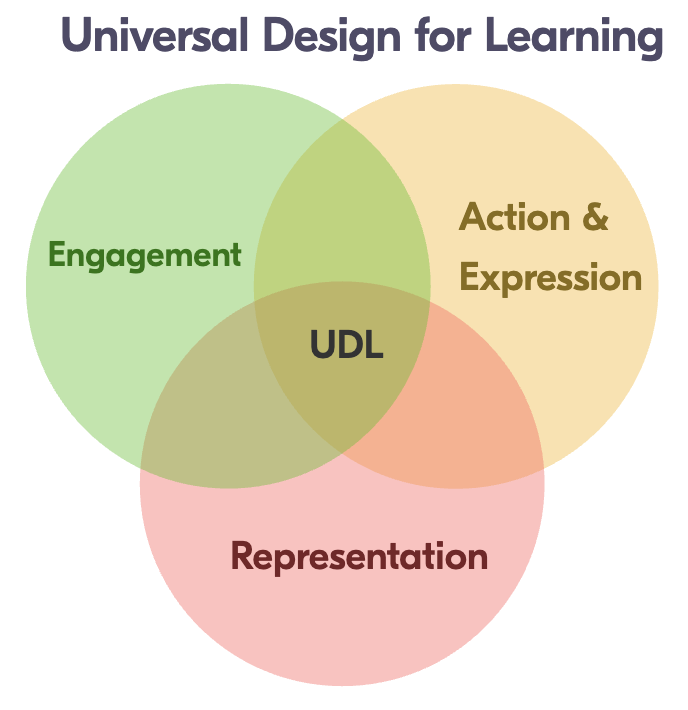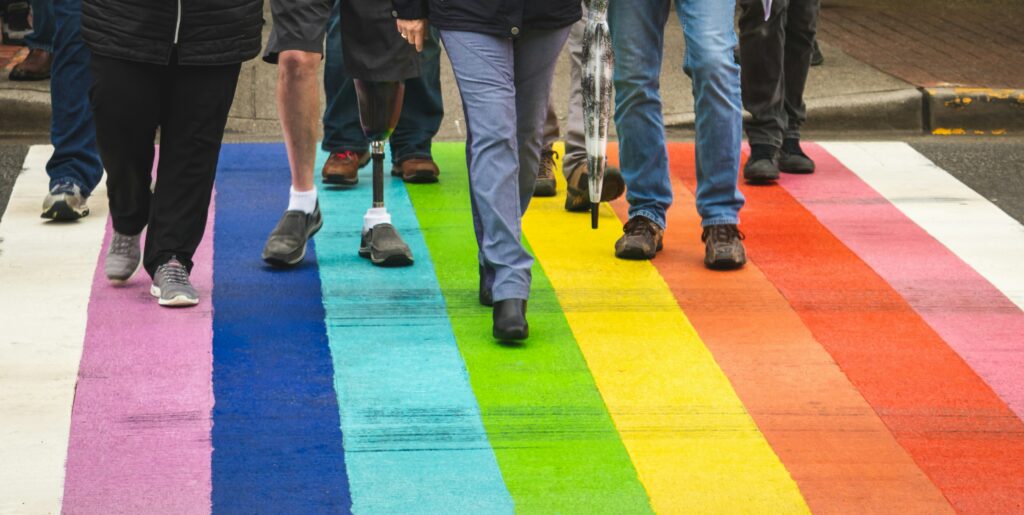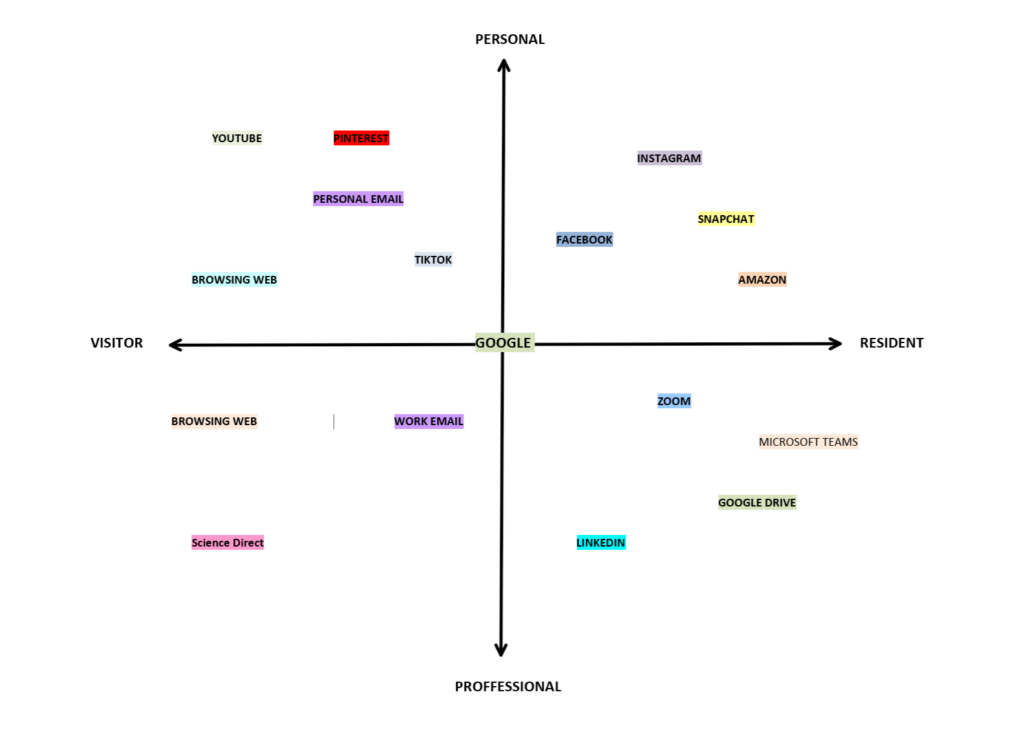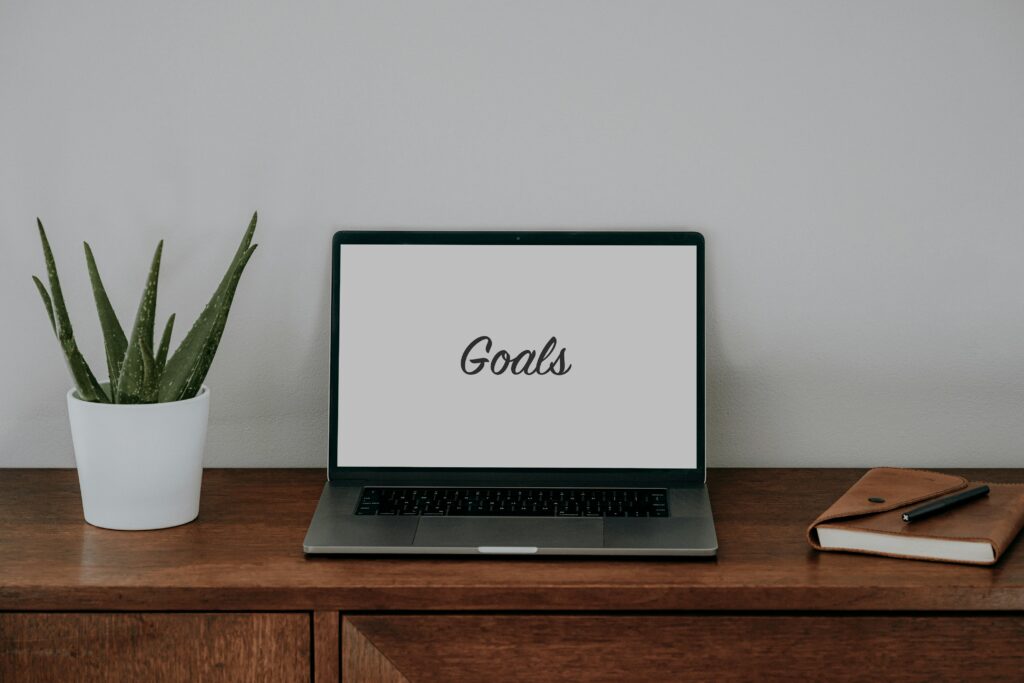Key Terms
| Definitions to look for in the blog post: |
| Personalized Learning Network (PLN): a group of individuals who connect and work together to share resources and increase understandings associated with a topic |
| Professional PLN: a PLN that supports academic and professional endeavors |
| Personal PLN: a PLN that supports personal curiosity. |
| Confirmation Bias: to search solely for information that aligns with previous beliefs, understandings and knowledge. |
| Social Media: form of mass media interactions taking place on the internet |
| Reciprocity: the mutually beneficial exchange of ideas, beliefs and behaviors between two or more people. |
| Social Media Dynamics: the patterns and behaviors that emmerge on social networking platforms as users, content and algorithms interact |
| Extrinsic Motivation: the driver of behavior that is influenced by the prospect of external rewards such as money or praise. |
| Reinforced: the introduction of positive stimuli after a behavior resulting in the increase of that behavior transpiring |
What Are Personalized Learning Networks (PLN) And Why Are They Important?
Personalized Learning Network
Learning can transpire in numerous settings, whether that be solitary, in a classroom, online or with a group of peers. With a world becoming more digitalized, information and opportunities to learn are changing by the minute, hour and day. A personalized learning network (PLN) is network of individuals that connect to increase knowledge and growth within a subject matter in both face-to-face and digital contexts. PLN’s are personalized as they allow the individual to choose who they interact with, what information interests them, where they go to find this information and when they use the network or platforms.
Many PLN’s share and discuss through social media platform’s allowing individuals from accross the world with different lived experiences and viewpoints to incorporate and share their understandings. These networks also support connections and collaboration with experts and peers within the field and access to relevant resources to support growth. But, PLN’s are complex, multi-faceted and able to support professional, personal and academic growth.
Types of PLN’s:
- Proffessional/ Academic Personalized Learning Network: a knowledge based community that supports individual’s learning in information that aids them in their career or educational aspirations. For example, if I work as an elementary teacher, I may be in a reddit group on teaching long division skills or in The Educators PLN on Ning.
- Personal Personalized Learning Networks: An information sharing community that aligns and informs your learning and growth in a field of information that aligns with your personal interests. For example, as a proud new parent to a betta fish named Spork, I am apart of r/bettafishcare, a subreddit on betta fish maintenance to increase my own knowledge regarding how to best take care of my fish.
- Combined Personalized Learning Networks: Sometimes our PLN’s can meet the needs of both our professional and personal interests. For example a teacher may be apart of a PLN about emotional intelligence to better understand the influence that emotionality has on their students performance, but use those same resources to find strategies to support their own mental and emotional health
How does PLN support learning and growth?
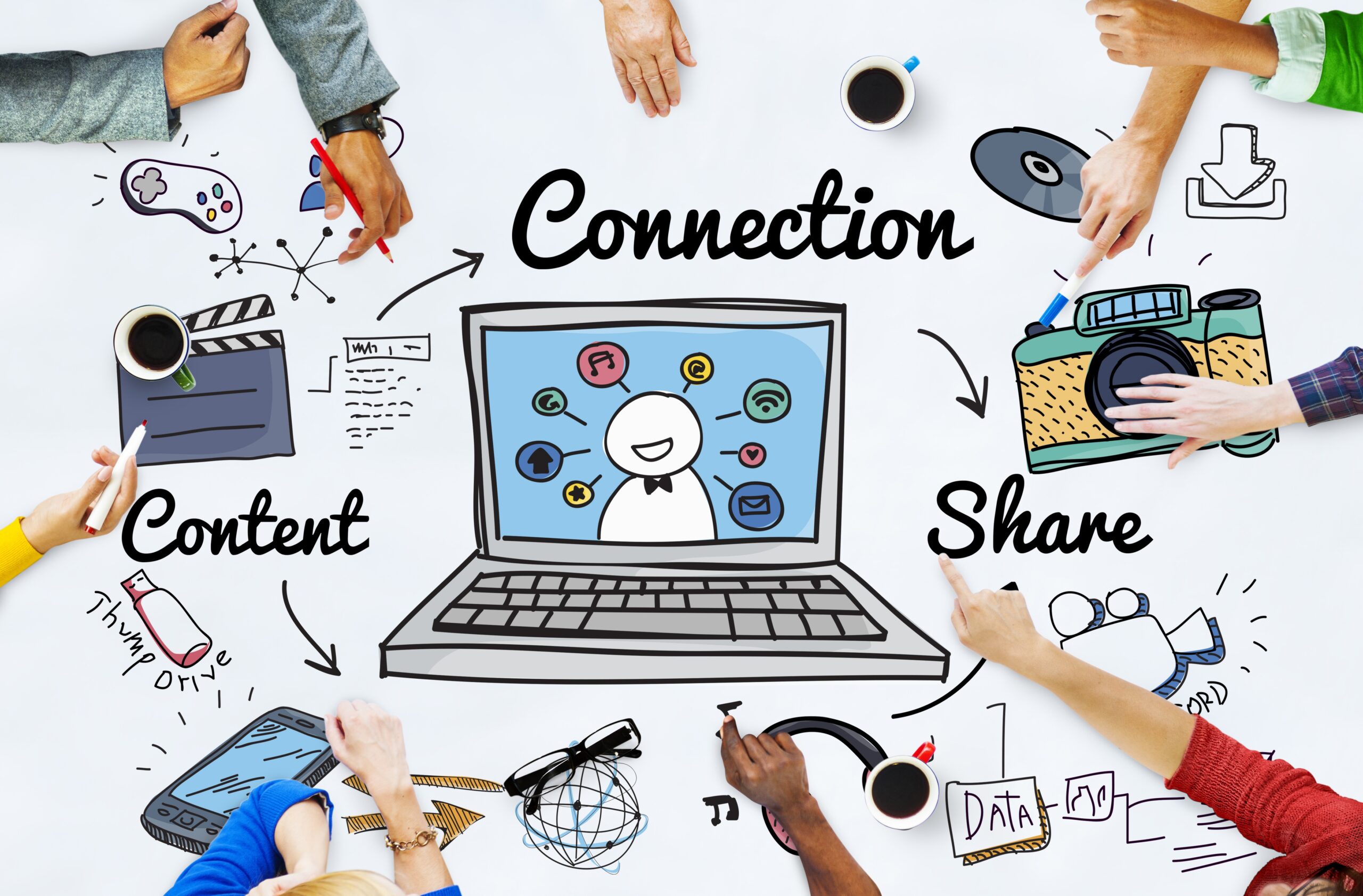
As a university student, my personalized learning network has been fostered to improve my academic goals and aspirations. I am a psychology student with an interest in educational psychology and child development, thus my PLN has been developed to deepen my understanding of both topics. My PLN is supported by face-to-face connections, TikTok, Instagram, Reddit and APA PsycInfo. Face-to-face connections allow me to develop a deeper understanding of coursework and share information with peers. Social media platforms such as Instagram or TikTok allow me to understand challenges and trends within the field better and academic sources such as APA PsycInfo informs me of the literary findings that are influencing the field.
Those are just a few ways that my personalized learning network has influenced my own learning. Everyone will recieve different benefits from their own PLN, below are a list of some other ways that a PLN has supported my own learning and how it could benefit yours:
| 5 WAYS A PLN CAN SUPPORT YOUR LEARNING: |
| Flexability: You do not always have to be online, a PLN allows members to use and interact with the information as they would like or have time too. This ensures information can still be accessible for individuals who have familial obligations or time constraints that may influence their ability to be present often. |
| Continuous Learning: due to the recipricol nature of PLN’s, there is always an opportunity to interact with other users and learn something new. Individual’s are able to stay up to date on changing trends, new findings and best practices within the field. |
| Exposure to New Viewpoints: due to the interconnectivity that comes with digital resources, individuals are able to learn and apply culturally sensitive and variable knowledge to their understandings of information. |
| Opportunities for Collaboration: PLN’s allow you too learn alongside professionals within the field and recieve constructive feedback regarding performance. This also allows individuals to exchange ideas and work productively towards new research and understandings. |
| Sharing Resources: Recieve access or resources that would not be available or found otherwise. Individuals are able to come accross and find more information together than one individual is able to on their own. |
How can a PLN contribute to academic and personal goals?
Personalized learning networks aim to connect people, information and digital resources through networks. As a result, a well organized and developed PLN can efficaciously support individuals as they pursue their academic and personal goals. Academic goals may be associated with future career endeavors, research, or obtainment of information whereas personal goals may be associated with performance and new information. For example an academic goal of mine may be to complete a research paper regarding Vygotsky’s zone of proximal development, whereas a personal goal may be to improve public speaking skills before Toast Masters next year.
Each goal, whether it be academic or personal, will be supported uniquely by a PLN. There is no exact science as to how your personalized learning network can support your development. Below are just a few ways that both academic and personal goals can be supported by a PLN:
| Support Academic Goals: |
| 1. Access to diverse learning resources: connections to articles, research papers, webinars, podcasts and educational forums |
| 2. Academic support: allows students to seek guidance when facing challenges in comprehending coursework. Developing study groups for finals, or finding online things such as crash course or Khan Academy to increase their comprehension. |
| 3. Collaboration: allows you to work with individuals of diverse viewpoints and academic experience. Collborating through conferences, seminars, webinars and LinkedIn allow you to connect with other professors, researchers or institutes to further your understanding and academic endeavors. For example, many science fields and lab groups use Slack to communicate with one another. |
| Support Personal Goals: |
| 1. Self-Paced: As an individual who is juggling practicums, school, work and familial obligations, the ability to pursue my interests and personal goals in a timely manner is especially important. Being able to access resources and a PLN when it makes sense for me, supports my ability to reach my goals as I am able to incorporate it into my daily life. For example, if I am working all day, I may not have time until after dinner to work towards my goal, and due to the flexability of a PLN, I am able to. |
| 2. Collaboration: The increased collaboration with other experts and individuals in the field, allows you to learn more information than you could on your own and recieve feedback to help you work towards your goals. For example, I may post a speech in my free time, and get feedback on the timing, tone and intonation that I use from my peers to improve on my skills. |
| 3. Reduces Bias: If I am looking for information and resources on my own to reach my goals, I may find myself lost in confirmation bias–looking for information that solidifies my previous beliefs and ideas. By recieving input and aid from others, I am better able to create a holistic understanding of the topic at hand to work towards my goal. |
Long-Term Networked Development

A personalized learning network is a useful tool to expand knowledge and understanding in a topic of interest. Despite its efficacy, building a personalized learning network (PLN) is not a one-time effort. Users constantly need to put in time and bidirectional efforts to maintain and develop a strong PLN. Growing your PLN is a slow process, because it takes time to meet people and develop meaningful, trusting relationships with other members within the field of study. A key factor to keep in mind when considering how to develop your PLN is reciprocity. Reciprocity is the process of exchanging things, ideas or behaviors with others for mutual benefit. Within your PLN, reciprocity looks like asking questions and reaching out for feedback, but also offering suggestions, feedback and answers to other people’s questions. I like to think of a PLN as a garden–it requires constant planting, weeding and watering to become productive, but that effort results in beautiful flowers or food we can use. A PLN works under the same premise, the more we contribute, create content and answer other people’s questions, the more support, knowledge and resources we receive back.
It takes a long time to learn the proper skills and practices to maintain and strengthen your PLN. Every person’s expectations and needs from their PLN are different, resulting in different ways to foster their network.
Below are a few different strategies for maintaining and improving your personalized learning network over time:
- Active and Regular Participation: it is important to regularly contribute to your PLN by asking questions, sharing insights, resources and commenting on other people’s posts. The bidirectional flow of information, that being from you to others and from others to you, is essential in developing a successful PLN. This reciprocity is essential as it allows the PLN to be mutually beneficial and support collaboration and interconnectivity between members.
- Stay Informed on Trends: to remain up-to-date on the changes in research, industry and trends of your network, it is important to stay up to date and continuously look for new released information in your field. This is important as it ensures your practices, knowledge and skills align with the present ideas within the field. For example, if I am a therapist and have a PLN associated with therapeutic practices, it is important to seek and look for new strategies of motivational interviewing and cognitive behavioral therapy as they come out, instead of maintaining old practices.
- some ways to do this:
- attend conferences or webinars regularly
- monitor industry publications and news sources
- some ways to do this:
- Authentic Connections: interact with others under the premise of maintaining respect, trust and privacy. To do this, try to be genuine and transparent with your intentions. By doing this, you are fostering close, meaningful relationships within your PLN and supporting a collaborative work environment.
- Promote Collaboration: by maintaining authentic connection and actively contributing to the PLN by offering resources, suggestions, knowledge and support, the network can be strengthened through social connectivity resulting in more peer collaboration.
- Take Advantage of Technology: Utilize the access we have to technology to broaden your PLN and maintain connections with others. Some ways to do this are to reach out over email or LinkedIn to people in your field, share your email when you meet likeminded people at a conference, or look on YouTube, X or Facebook to find other individuals within your PLN. .
Social Media Dynamics for PLNs
Social media is a huge contributor to the success of personalized learning networks. Social media supports peer collaboration, diverse viewpoints and resource sharing through its ability to connect individuals from across the globe. Social media dynamics are the patterns and behaviors that emmerge on social networking platforms as users communicate online. These social media dynamics help users like us make the most out of each platform’s features.
Different social media platforms allow you to contribute differently. Some may allow for additional peer engagement, others allow likes and comments and some allow for networking. When creating a PLN, it is important to recognize the different benefits of each platform and create a community on platforms that offer engagement opportunities that align with your needs. For example, if I am trying to create a PLN related to betta fish caretaking, I may choose to use a social media platform that includes discussion opportunities and resource sharing such as Reddit so that I am able to recieve resources and start discussions to ask questions as needed. Below is a table of different types of social media platforms and what types of dynamics are fostered:
| Social Media Platforms |
| X: Quick updates, discussion and proffessional and personal networking |
| LinkedIn: professional network, sharing resources, sharing industry insights |
| Reddit: community-based learning, resource sharing |
| Instagram: visual and short form content, professional networking |
| Facebook: group discussions, resource sharing |
| TikTok: visual and short form content, personal networking |
| YouTube: visual and short form content |
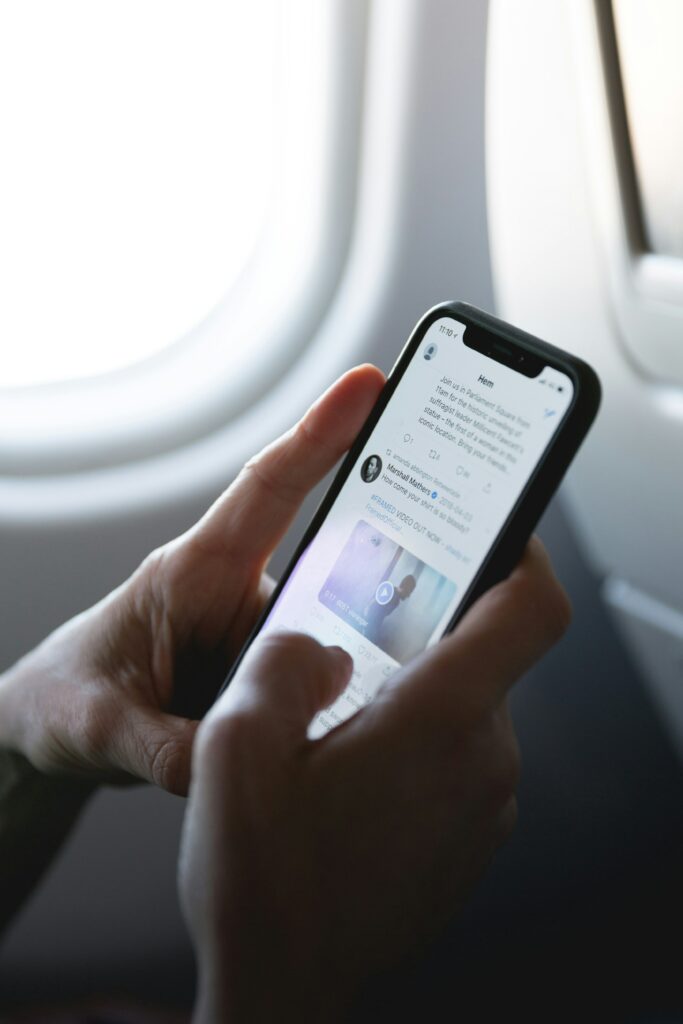
There are two key features to social media dynamics— engagement leads to visibility and real-time connections. Real-time connections with individuals online fosters global connectivity through the sharing of ideas, resources and information cross-culturally. Engagement in the form of likes, comments and shares leads to individuals’ resources and ideas being shared with more people. For example, if I were to share a post on Facebook about the importance of vaccines in the reduction of illness, my friends, who may have not seen the post otherwise, are now more likely to have access to the information.
Why do Likes, Comments and Shares Amplify the Spread of Information?
- Extrinsic Motivation: recieving shares, likes and comments results in the spread of information because it taps into people’s motivation to share information. By receiving likes and shares, it externally reinforces their behavior of creating a post, and makes it more likely that they will create, share and engage with content in the future.
- Ripple Effect: if individuals repost and share other people’s posts and information, then the post itself has the possibility of being seen by more people. If an individual reposts their friends post about the importance of eating fibre, then not only does the viewers and followers of the initial person’s post see it, but there is the possability that the followers and users that engage with the second person, see it aswell.
Impact of Social Media on Learning, Academics and Professional Environments.
Social media is growing in popularity, with over 5.20 billion users, making up 64% of the world population. Social media platforms such as Instagram, Facebook, TikTok, Quora, Reddit, X and LinkedIn leave lasting impacts on individuals’ academic and professional success. Social media can be used to aid individuals as they pursue educational and professional pursuits.
Social media and personal learning
I have used social media numerous times in my life to further my learning. I have used it in my personal life as a quick resource to find tutorials or suggestions, collaborate with others or to expand my viewpoint associated with topics. For example, my car’s brake light went out last weekend, and instead of paying to get it fixed, I utilized social media, namely YouTube and Reddit, to find a tutorial and suggestions for how to make the swap. Without access to these resources on social media, I likely would not have been able to change the light bulb. That is just one example of how social media can be used to learn new skills.
Social media and proffessional learning
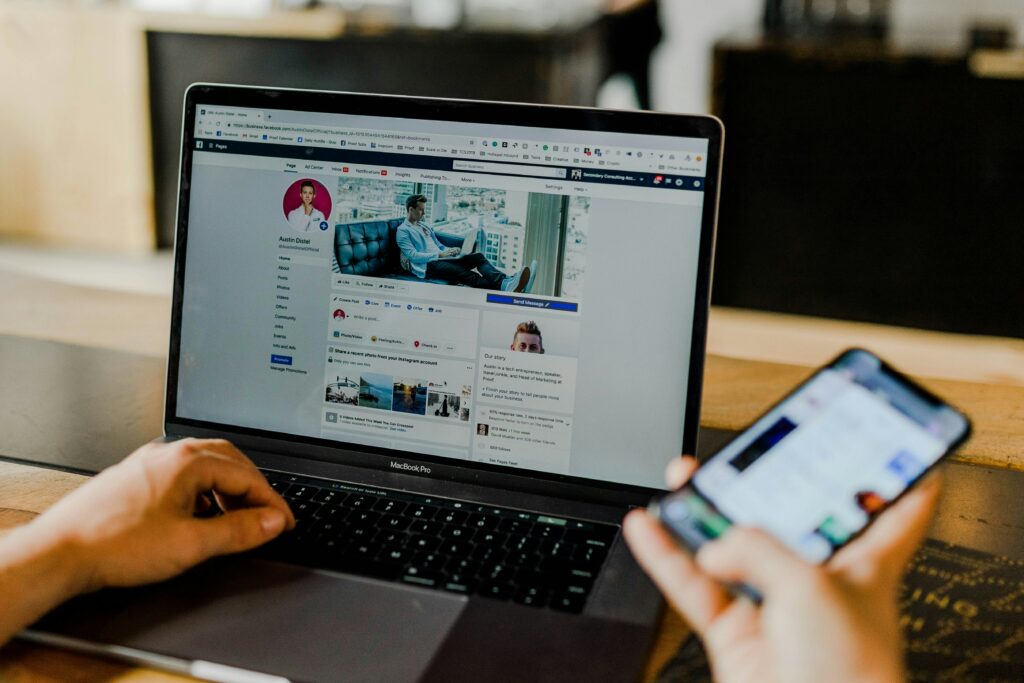
Similarly, social media platforms such as LinkedIn, YouTube and Stack can be used to support professional and academic endeavors. Social media platforms allow people to share information, resources, communicate and network with one another, allowing professionals to cooperate towards common goals. Social media has created more diverse professional networks and allowed for more collaboration. For example, in my practicum in an inclusive education classroom, I have utilized social media to further my understanding of the science of reading and phonics. I have personally used Reddit (namely the subreddit, r/scienceofreading), YouTube videos and podcasts such as Sold a Story, to further my understanding of phonics and develop new strategies to teach reading and literacy skills.
How to use social media to enhance learning, career development and engagement?
There are many ways to monopolize social media to aid your learning in professional environments. Below are a few ways that individuals can use social media to support learning and engagement in professional and personal environments:
| Enhance Personal Learning |
| 1. Real world application: social media incorporates real world events and applications into the learning process. Learning from social media incorporates the real-world problems and issues that transpire from the theoretical constraints into the learning process. For example, learning about discrimination from social media gives a better understanding of the implications and influences than a definition given in a textbook. |
| 2. Reinforce Learning Behaviors: social media offers immediate feedback to learners. This form of engagement, reinforces individuals’ innate curiosity as they are able to receive answers or suggestions immediately. |
| 3. Collaboration: social media allows students to engage in learning with one another. This allows students to brainstorm and discuss topics together, receive real-time feedback regarding their performance and share resources and knowledge across the world. Additionally, social media offers the ability to share documents on Microsoft or Google Docs. |
| 4. Improved Literacy, Communication and Reading Skills: reading and interacting with posts and comments on social media provides plenty of information online, and opportunities to practice literacy skills. This exposure to online resources such as blog posts, articles helps them develop stronger reading and writing skills. |
| Enhance Career Development: |
| 5. Access to opportunities: social media platforms such as LinkedIn, Facebook and other platforms allow individuals to find new job opportunities, and research companies and job openings. Additionally, social media also allows individuals to research potential jobs that they would not be aware of otherwise. |
| 6. Collaborations: individuals can utilize social media platforms such as Slack or X to collaborate and work alongside individuals within their field. This results in the sharing of ideas, and allows individuals to recieve feedback on their own work. |
| 7. Proffessional Identity: social media platforms such as LinkedIn, Facebook and X, allow individuals to create a curated digital identity or brand that aligns with their work and career goals. |
Key Takeaways:
- A personalized learning network can support both personal and professional development through resource sharing, exposure to viewpoints and collaboration.
- By actively participating, staying informed on trends and by building authentic connections we can create strong, long-term personalized learning networks
- Social media can positively enhance career development and personalized learning.
